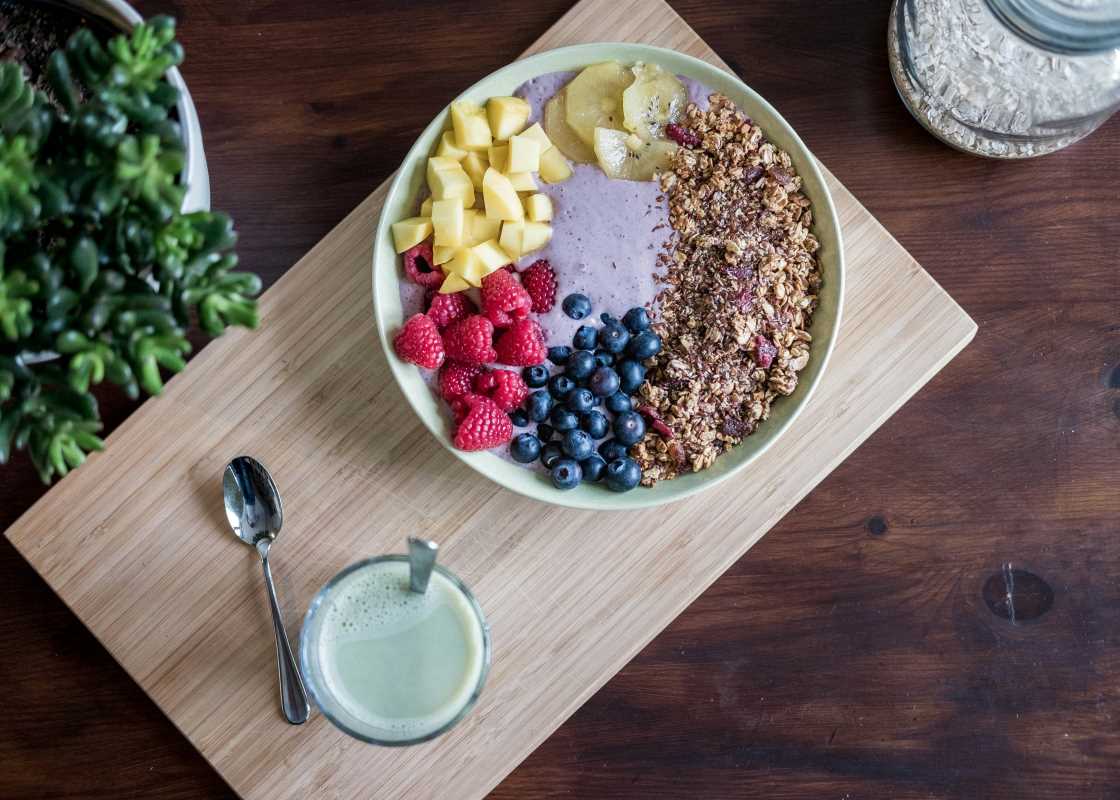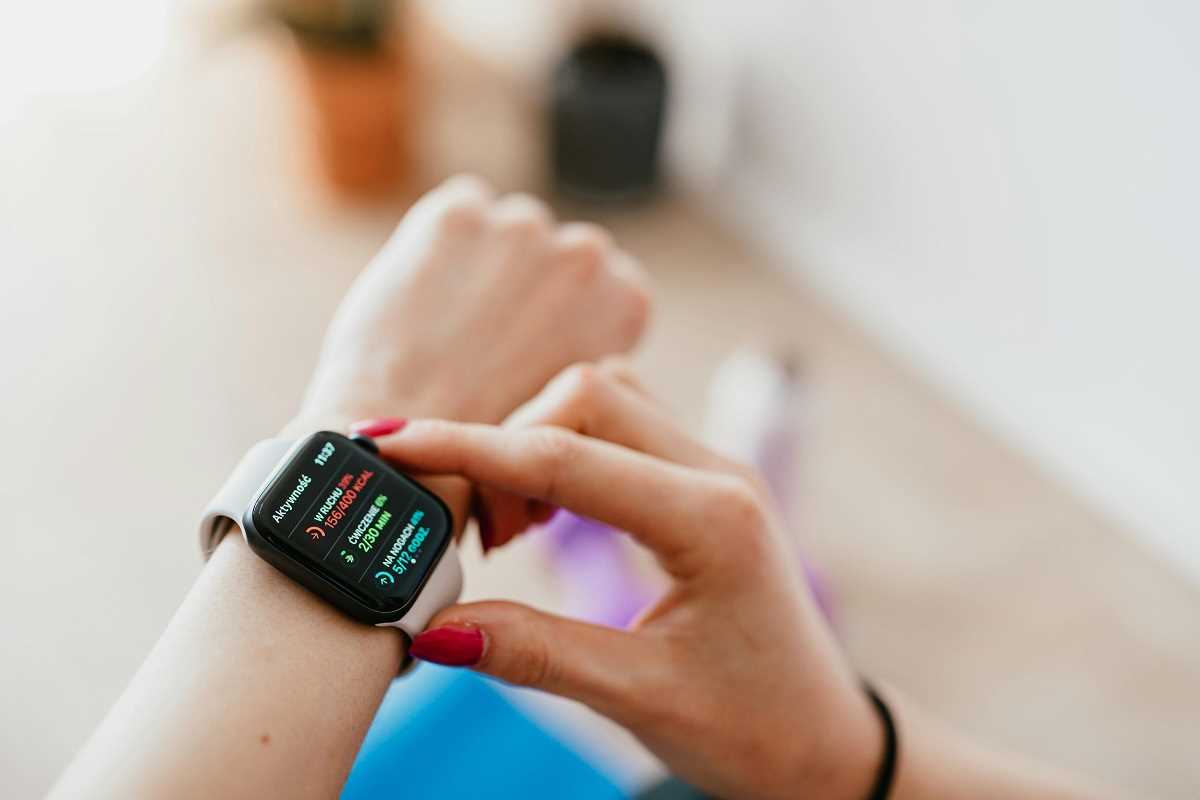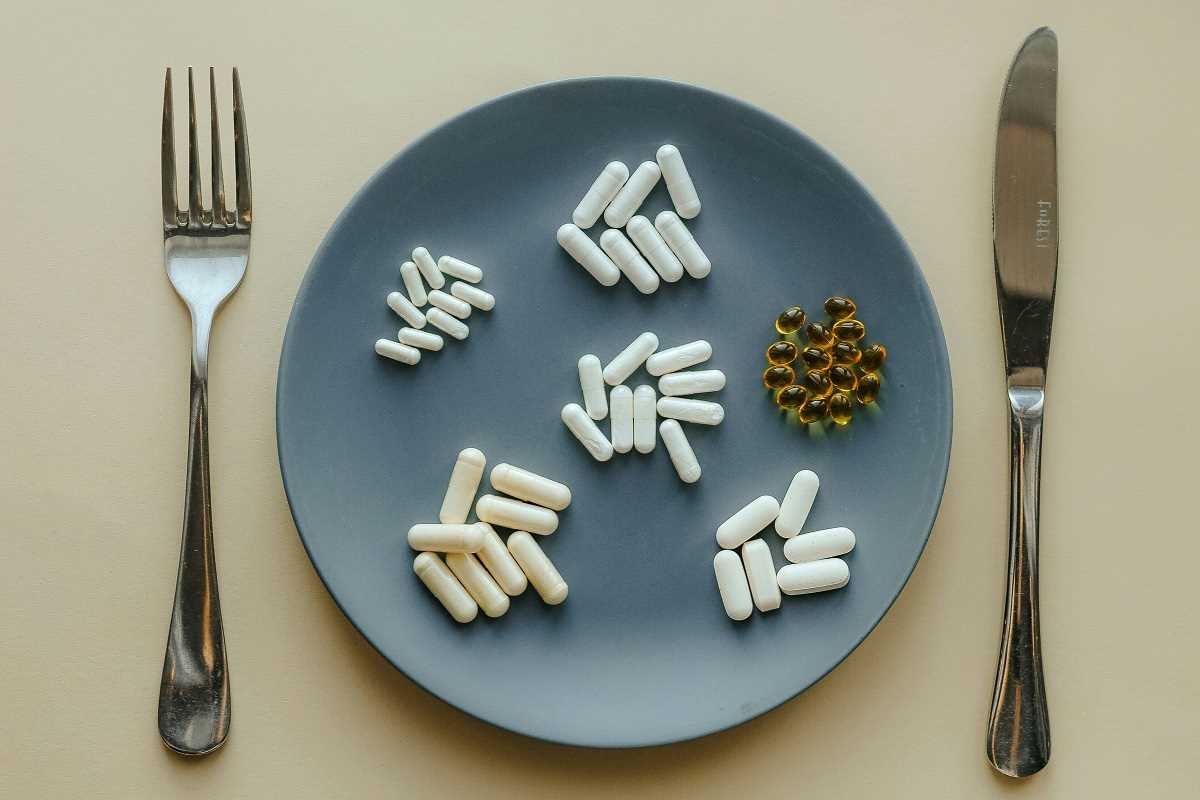If you’ve been spending long hours at your desk, living for the coffee breaks, and pondering over the vending machine snacks, you’re not alone. Office life can make staying active and healthy feel like a monumental task. But here's something to consider. Maintaining balanced blood sugar isn’t just a concern for people with diabetes. It’s an important health goal for everyone. Keeping your blood sugar stable helps your energy levels, brain function, and mood stay steady throughout the day. Plus, it keeps your long-term health in check.
Luckily, you don’t need a drastic lifestyle overhaul to improve your blood sugar levels. Adopting a few targeted activities can make a huge difference, even if you’re stuck at your desk most of the day. These practices might surprise you. Forget magic pills or hours at the gym; managing blood sugar can be as simple as moving at the right time, picking the right snacks, and being mindful of small actions during the day.
Here’s a breakdown of the most effective activities to help reduce blood sugar.
Get Moving (Even Just a Little)
When you think about managing blood sugar, the first thing that might come to mind is exercise. And it’s true! Physical activity plays a big role in keeping your blood sugar levels stable. But here’s the kicker—you don’t need to train like an athlete to see benefits.
Why Does Movement Help?
When you move, your muscles use sugar in your blood for energy. This helps lower your blood sugar levels naturally. Think of it this way: muscles are like sugar vacuum cleaners. The more you use them, the less sugar remains floating around in your bloodstream.
Movement also improves insulin sensitivity. Insulin is the hormone that helps your body absorb and store sugar, and regular activity makes your cells respond to insulin better. This means your body doesn’t need to work as hard to regulate blood sugar.
Small Steps, Big Impacts
For office workers, sitting all day can spike blood sugar levels, especially after meals. A simple solution is walking. Research shows that taking a 10-minute walk after lunch or dinner can be incredibly effective. It’s small, manageable, and won’t require spare clothes or fancy running shoes.
Other quick movement ideas for a busy workday:
- Use the stairs instead of the elevator.
- Turn your coffee break into a short stroll outside.
- Stand up and stretch every 30 minutes during long meetings.
Even standing for a few extra minutes each hour can improve blood sugar balance compared to sitting for hours on end.
Snack Smarter, Not More
What you eat directly affects your blood sugar. While the occasional office bagel or birthday cupcake isn’t going to make or break your health, consistent snacking on sugary or highly processed foods can lead to trouble—but the good news is that smart snacking can actually help stabilize blood sugar.
The Glycemic Index Cheat Sheet
Not all carbs are created equal, and this is where the Glycemic Index (GI) comes into play. The GI ranks foods based on how quickly they raise blood sugar. High-GI foods, like white bread or candy bars, cause quick sugar spikes. Low-GI foods, like nuts, seeds, and hummus, release sugar into your bloodstream more slowly, keeping levels steadier.
Low-GI snack ideas to stock your desk drawer with:
- Almonds or walnuts
- Greek yogurt (unsweetened)
- Veggie sticks with guacamole or hummus
- Berries (like blueberries and strawberries)
- Boiled eggs
Beyond choosing the right foods, pairing carbs with proteins and fats slows sugar absorption. For example, combine an apple with peanut butter or whole-grain crackers with cheese for a blood sugar-friendly snack.
Hydration is Key
While you worry about what snack to eat or schedule a post-meal walk, don’t forget one essential habit for blood sugar health that’s often overlooked: staying hydrated.
How Does Water Affect Blood Sugar?
When you’re dehydrated, your blood becomes thicker, making it harder for your body to manage sugar levels. Drinking water helps flush out excess sugar through your urine and keeps everything circulating smoothly.
Pro tip: Skip sugary drinks like soda or sweetened coffee, which can cause sudden spikes. Instead, flavor your water with lemon, mint, or cucumber for a refreshing twist. If plain water feels too boring, unsweetened herbal tea is another great choice.
How Much Should You Drink?
Aim for at least 8 glasses (or 2 liters) of water a day, more if you’re active or if you’re using office AC, which tends to be dehydrating. An easy trick? Keep a reusable water bottle nearby and sip regularly throughout your workday.
Master the Art of Mindful Eating
Office culture often encourages multitasking during lunch. How many times have you scarfed down a sandwich while responding to emails? Unfortunately, this habit could work against your blood sugar goals.
Slowing Down Matters
Eating too quickly can lead to overeating, faster blood sugar spikes, and sluggishness. The antidote? Mindful eating. This simply means paying attention to what you’re eating, savoring each bite, and listening to your body’s hunger and fullness signals.
Mindful eating strategies to try:
- Take at least 15–20 minutes to finish a meal.
- Chew your food thoroughly instead of swallowing it whole.
- Turn off your computer and step away from your desk while eating. Statistics show this can also lead to more satisfaction after your meal!
Mindful eating isn’t about perfection. It’s about making conscious choices that help your body process food better while giving you a chance to enjoy it.
Prioritize Sleep (Yes, It Matters More Than You Think)
Late nights and 7 AM coffee cravings aren’t just products of the corporate grind; they’re also big players in the blood sugar game.
The Sleep-Blood Sugar Link
When you’re sleep-deprived, your body releases more stress hormones like cortisol, which can raise blood sugar levels. Poor sleep also makes your cells less sensitive to insulin. Add to that increased cravings for sugary or carb-heavy snacks, and you’ve got a recipe for blood sugar chaos.
How to Improve Sleep for Better Blood Sugar Control:
- Stick to a consistent sleep schedule (even on weekends).
- Avoid screens for at least 30 minutes before bed to minimize blue light exposure.
- Create a relaxing bedtime ritual, like reading or meditating.
Getting 7–8 hours of quality sleep can significantly improve your body’s ability to regulate blood sugar, making it just as crucial as diet and exercise.
Stay Consistent for Long-Term Success
One of the most important factors in blood sugar management is consistency. While one post-lunch walk or a single healthy snack won’t transform your health overnight, these small actions accumulate over time, creating a meaningful impact on your overall well-being.
A Balanced Approach
You don’t need to be perfect every day. It’s about finding a balance that works for your lifestyle. Some weeks, you may hit all your movement goals and eat balanced snacks, while other weeks you might only manage a few mindful moments. Each step counts.
Build Habits That Stick
Start small. Commit to taking a short walk after lunch or having one low-GI snack instead of a sugary one. Once that becomes a habit, layer on another healthy behavior. Before you know it, these blood sugar-friendly activities will feel second-nature.
The Bigger Picture
Blood sugar management is about more than just preventing future health issues; it’s about feeling better right now. When your blood sugar levels are steady, you’ll notice fewer afternoon slumps, more energy to tackle tasks, and improved focus. It’s a win-win for both your health and productivity.
By making small changes to your routine, such as prioritizing movement, eating mindfully, and staying hydrated, you’re setting yourself up for long-term success. And remember, even in a busy workday, there’s always room for small habits that support big health outcomes.
 (Image via
(Image via.jpg)





